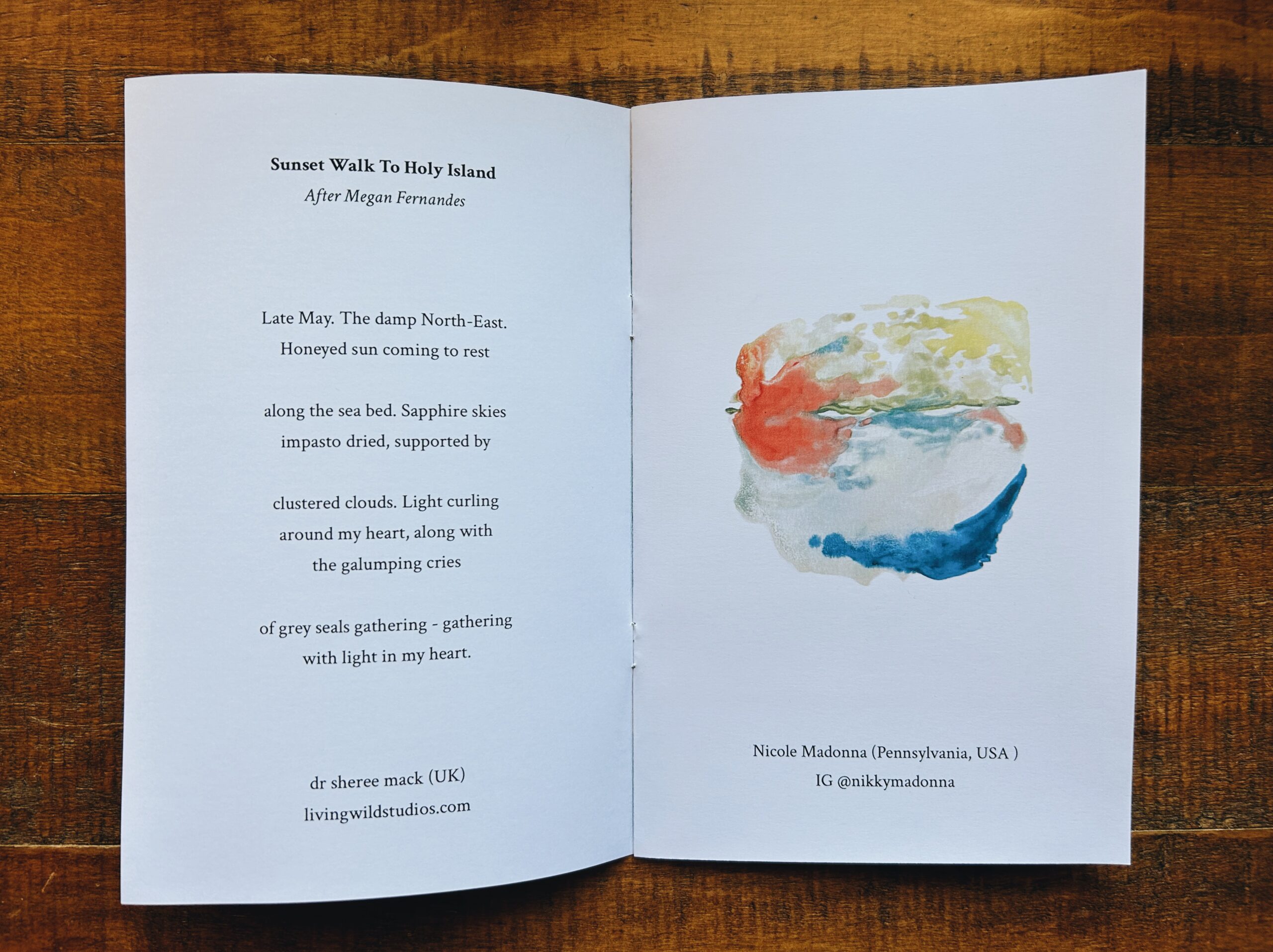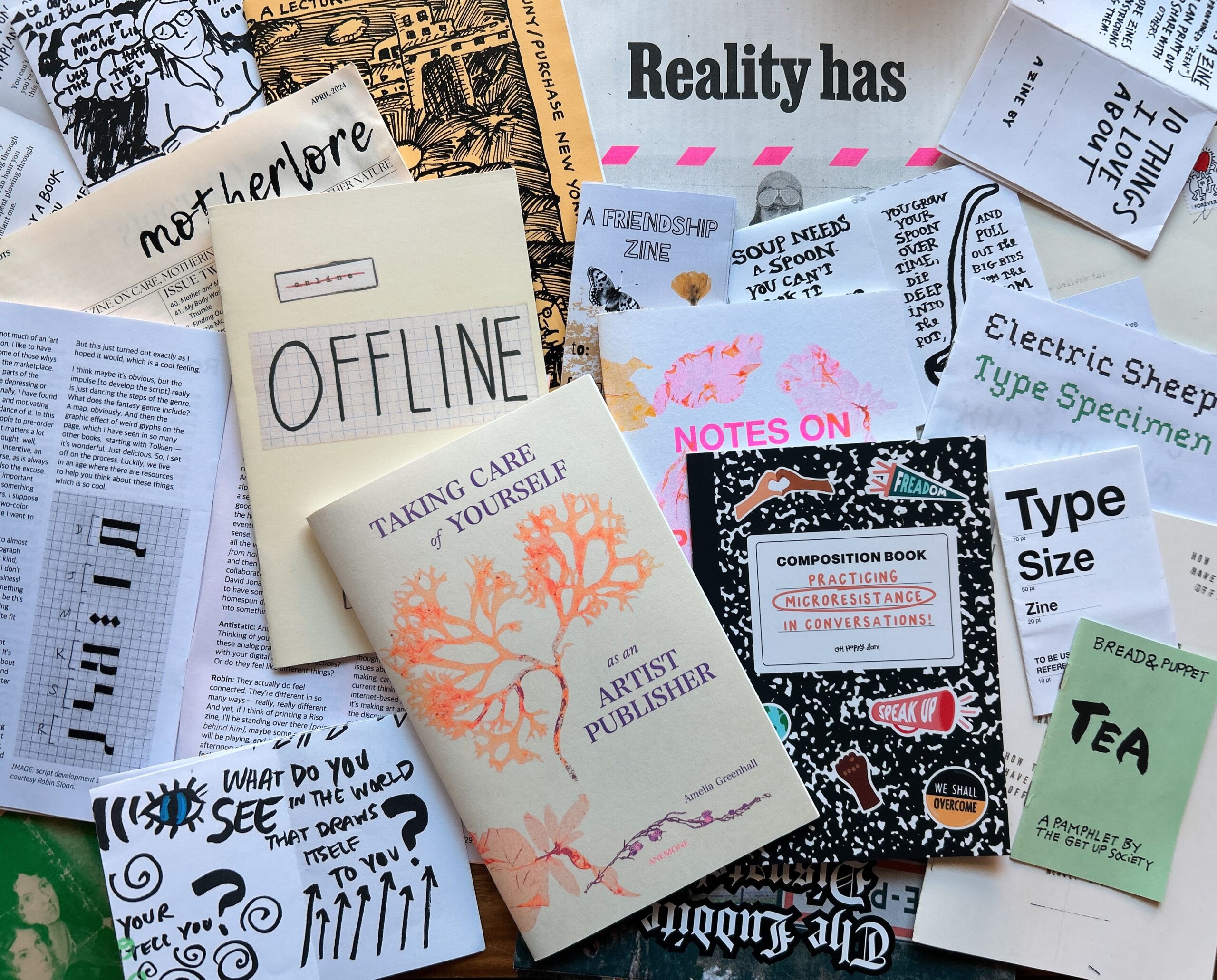
-
Things Bringing Me Joy ✨
Read more: Things Bringing Me Joy ✨Part of my advocacy work right now is being autistic in public. But to continue doing that I have to take care of myself. Here are some of the things that brought me joy this week. Making Mini Zines ✂️ Different types of making meet different needs. Writing is analytical and helps me unravel my…
-

Don’t skip this one. 🌻
Read more: Don’t skip this one. 🌻I have an important update today. But first, a peek inside my mental drafts folder… But I’m skipping over all of that for a time sensitive PSA. Tylenol does not cause autism. Big mistake. I logged back into Instagram after 8 months away. I couldn’t have chosen a worse time to do so.* Instagram (at…
-

The Neuro Nest Ep. 001
Read more: The Neuro Nest Ep. 001Experimenting with a new podcast & community space. This episode is about managing neurodivergent capacity and shifting energy levels. Show Notes What is a Creative Ecosystem? Discover Your Creative Ecosystem (Paperback) Contact me to join the Neuro Nest Discord. — Subscribe via RSS in your favorite podcast app. Transcript here. Art by Gracie Klumpp: gracieklumpp.com
-

“How to Make a Zine” ✂️
Read more: “How to Make a Zine” ✂️I made this zine for the NWA Maker Faire earlier this month. It’s a single sheet monochromatic zine that tells you how to get started if you’re brand new to zines. You can download a copy and print your own here. If you’d rather order a copy they are also stocked in my shop. August…
-

Hope Zine
Read more: Hope ZineThanks to everyone who contributed their art and words to this issue. Last month we had a death in the family and I took compassionate leave. I’ve been planning to do an annual collaborative zine so I opened up submissions to my newsletter subscribers. Artists are credited below. The cover photograph and stamped letters are…
-

Creative Chaos
Read more: Creative ChaosHow about an old fashioned update from my creative compost heap? 🌱 We haven’t done one of those in a while. First, some recent posts from my microblog (the kind of things I used to post from social media.) The Garden Our chaos garden turned feral. Some real life updates. The birds are loving it.…
-

Email Guidance
Read more: Email GuidanceOne to one support over email. Gentle guidance at your own pace. Ask me about creative projects, neurodivergence, self publishing, home educating, or chronic illness.
Cross Pollinate 🐝
ADHD april arim art & technology art for social change artist august austin kleon autism blogging chaos gardening chronic illness creative ecosystem crowdfunding 101 february fiction gardening gestalt cognitive processing home education july june lgbtqia magic mundane march may motherhood neurodivergence november october purpose of art robin sloan self publishing self publishing 101 sensory processing september storytelling structure studio technology the internet to archive wheel of time writing writing process zines



